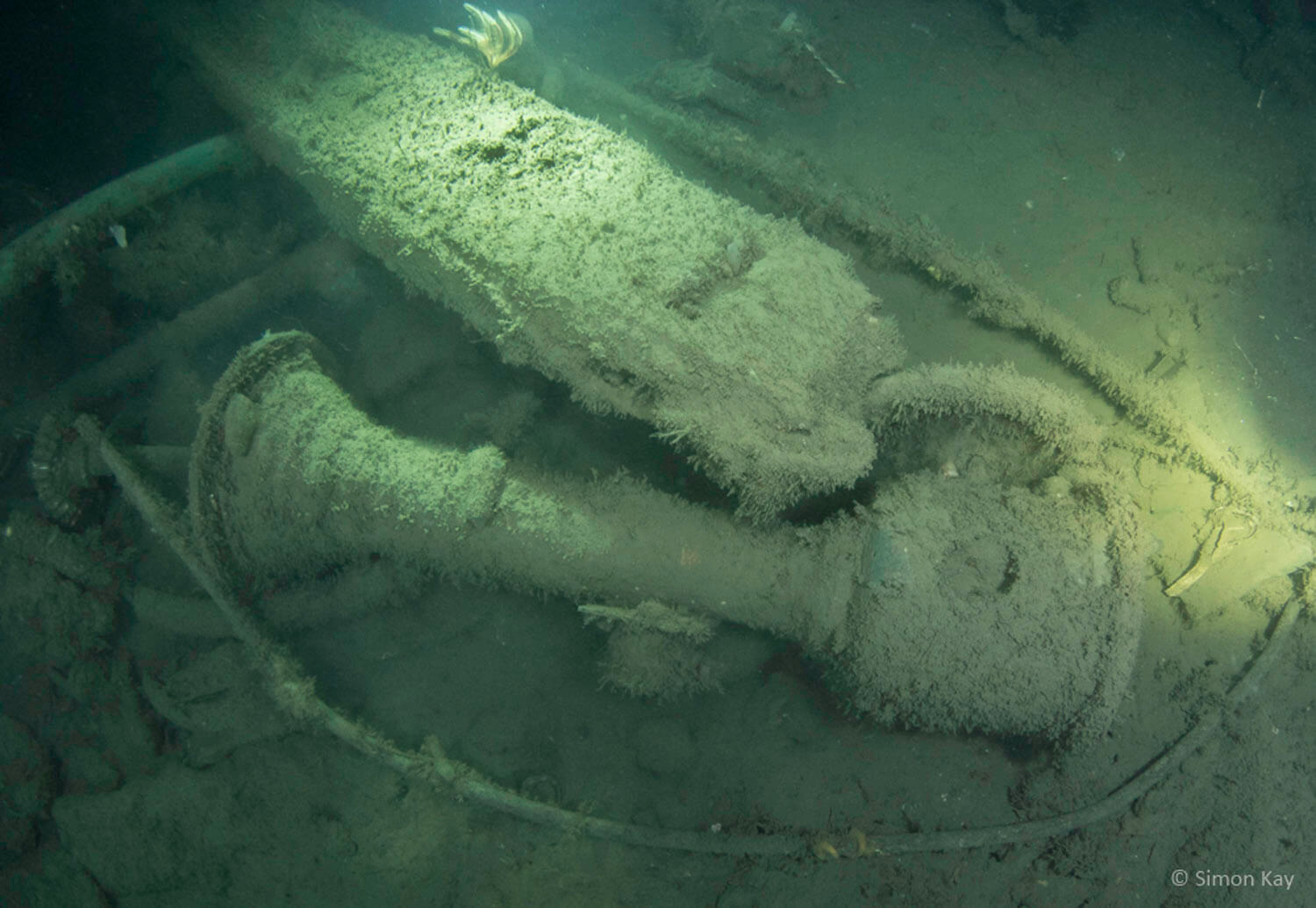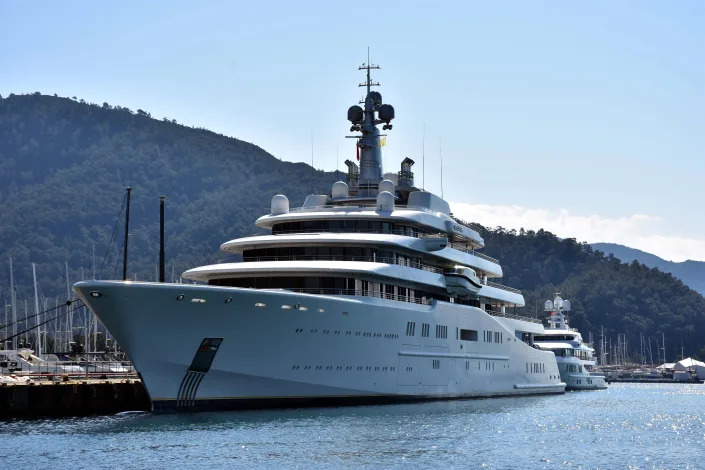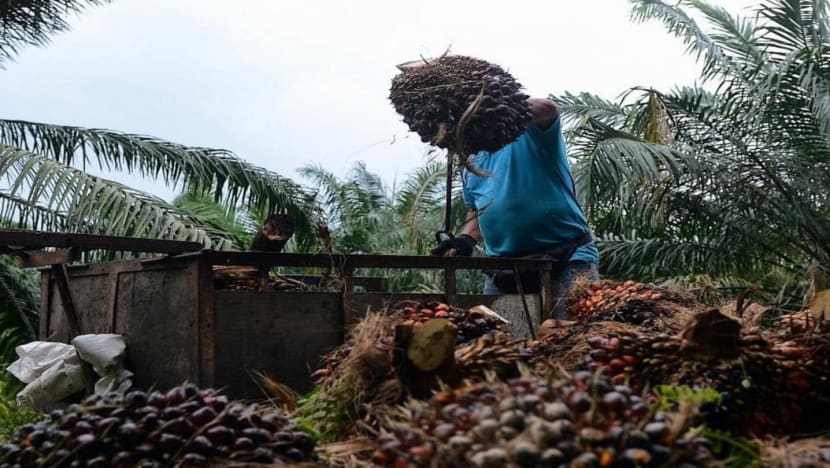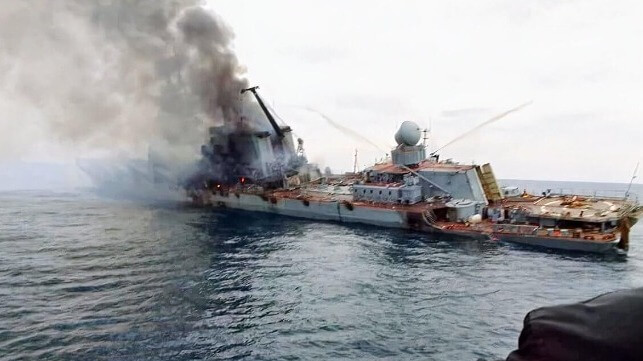Italy Inaugurates the First Offshore Wind Farm in the Mediterranean
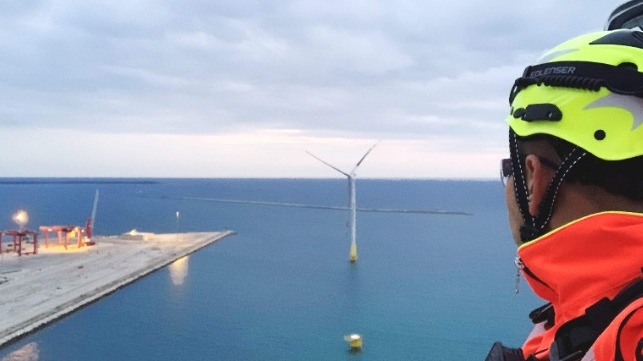
Last Thursday, the first offshore wind farm in the Mediterranean was inaugurated off the coast of Italy.
The new Beleolico wind project is located in the Apulia region, just a few hundred yards off the Port of Taranto. The Italian offshore wind development company Renexia is the owner and developer.
The project is a small installation by modern standards, featuring just ten bottom-fixed 3.0 megawatt wind turbines supplied by China’s MingYang Smart Energy. According to the company, this is the first time a Chinese manufacturer has supplied turbines for the European offshore wind market. The turbines have a total combined capacity of 30 megawatts (MW) and an estimated output of 58,000 megawatt-hours (MWh) per year, enough to power 21,000 homes.
This project marks the start of Italy’s ambitious journey to produce over 5 GW of wind energy from offshore sites by 2040.
“Italy is determined to speed up the installation of renewable energy and increase its share in the national energy mix. Offshore energy could help secure economic opportunities for countries with large coastal areas, such as Italy, promoting local value chains,” said Italian Foreign Minister Luigi Di Maio, during the project’s inaugural ceremony at the Port of Taranto.
At the event , the Port Authority signed an agreement with Renexia for the sale of at least 220 MWh per year of the wind energy.
Renexia first proposed the project in 2008, and it secured a 25-year lease in an Italian auction in 2016.
At the inauguration ceremony, an environmental group Legambiente held a banner reading “Sorry, I’m Late”, protesting the years-long delay in the project's completion.
“The case of Taranto is unfortunately only the tip of the iceberg because in Italy there are many renewable projects blocked due to excessive bureaucracy from local administrations, moratoriums of the regions and protests from local committees. I hope the Beleolico project marks a turning point for renewables development in Italy with accelerated permitting processes,” said Stefano Ciafini, the national president of Legambiente.
Taiwan's Largest Offshore Wind Farm Produces First Power
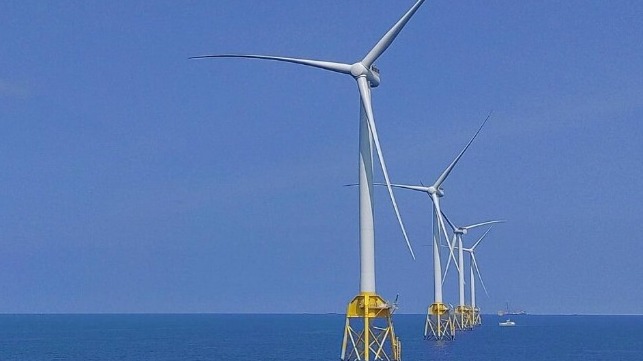
Danish offshore wind farm developer Ørsted has delivered the first power from Taiwan’s largest offshore wind project, a development that marks another milestone in the company’s offshore wind power ambitions.
Ørsted announced it has successfully delivered first power from the Greater Changhua 1 & 2a offshore wind farm, Taiwan’s largest offshore wind project and the company’s first large-scale project in the Asia-Pacific region.
Located 35-60 kilometers off Taiwan’s west coast, the wind farm has a total capacity of 900 MW. Once completed this year, the wind farm will significantly support Taiwan’s fast-track build-out of renewables.
Taiwan’s authorities have put top priority on the development of renewable energy, with offshore wind power expected to contribute significantly to the goal of generating 20 percent of the nation's electricity with renewables by 2025.
“Delivering the first power as scheduled is a major milestone for both Ørsted and Taiwan. Since the 900 MW capacity was first awarded to Ørsted in April 2018 through the grid allocation process, our team has spared no efforts to develop and construct Greater Changhua 1 & 2a and achieve first power only four years later,” said Christy Wang, Ørsted Taiwan General Manager.
A total of 111 Siemens Gamesa 8.0-167 DD wind turbines will be installed at Changhua 1 & 2a, which will produce enough power to cover the power consumption of a million Taiwanese households.
“Managing the risks of the key component fabrication, vessel mobilization and installation of the offshore wind farm has been imperative during the COVID-19 pandemic,” said Ulrik Lange, Greater Changhua 1 & 2a Offshore Wind Farm Co-CEO.
The Greater Changhua 1 wind farm is owned by Ørsted, which controls a 50 percent stake. A consortium comprising Caisse de dépôt et placement du Québec (CDPQ) and the Taiwanese private equity fund Cathay PE control the remaining 50 percent. Ørsted solely owns the 295 MW Changhua 2a.
Apart from the Greater Changhua 1 & 2a wind farm, the leading offshore wind developer is the major shareholder and co-owner of Taiwan’s first commercial-scale offshore wind project, Formosa 1, which was extended from 8 MW to 128 MW in 2019.
Ørsted was also awarded the right to build the 920 MW Greater Changhua 2b and 4 offshore wind farm and has signed a power purchase agreement with Taiwan Semiconductor Manufacturing Company Limited (TSMC). The wind farm is expected to become operational in 2025 and will be fully commissioned in 2026, subject to grid availability and Ørsted’s final investment decision.
The company also announced that it has started the environmental impact assessments of the Xu Feng 1, 2 and 3 projects off the coast of Changhua County, with a total potential capacity of 2.1 GW, and the Wo Neng 1 and 2 projects off the coast of Taichung, with a potential capacity of 3 GW.
Around the world, Ørsted has installed more than 1,600 offshore wind turbines with a combined capacity of 7.6 GW, and it has an additional 3.4 GW under construction. The company has ambitions to install a total of 30 GW of offshore wind capacity worldwide by 2030.
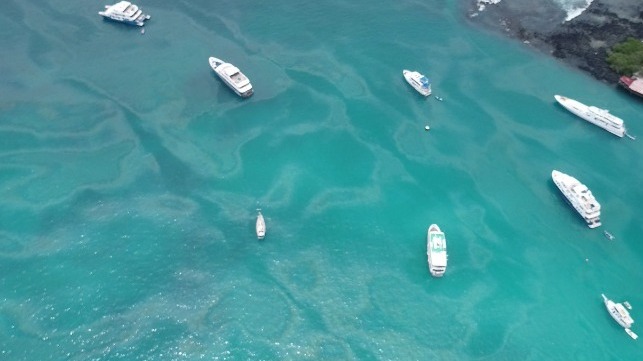
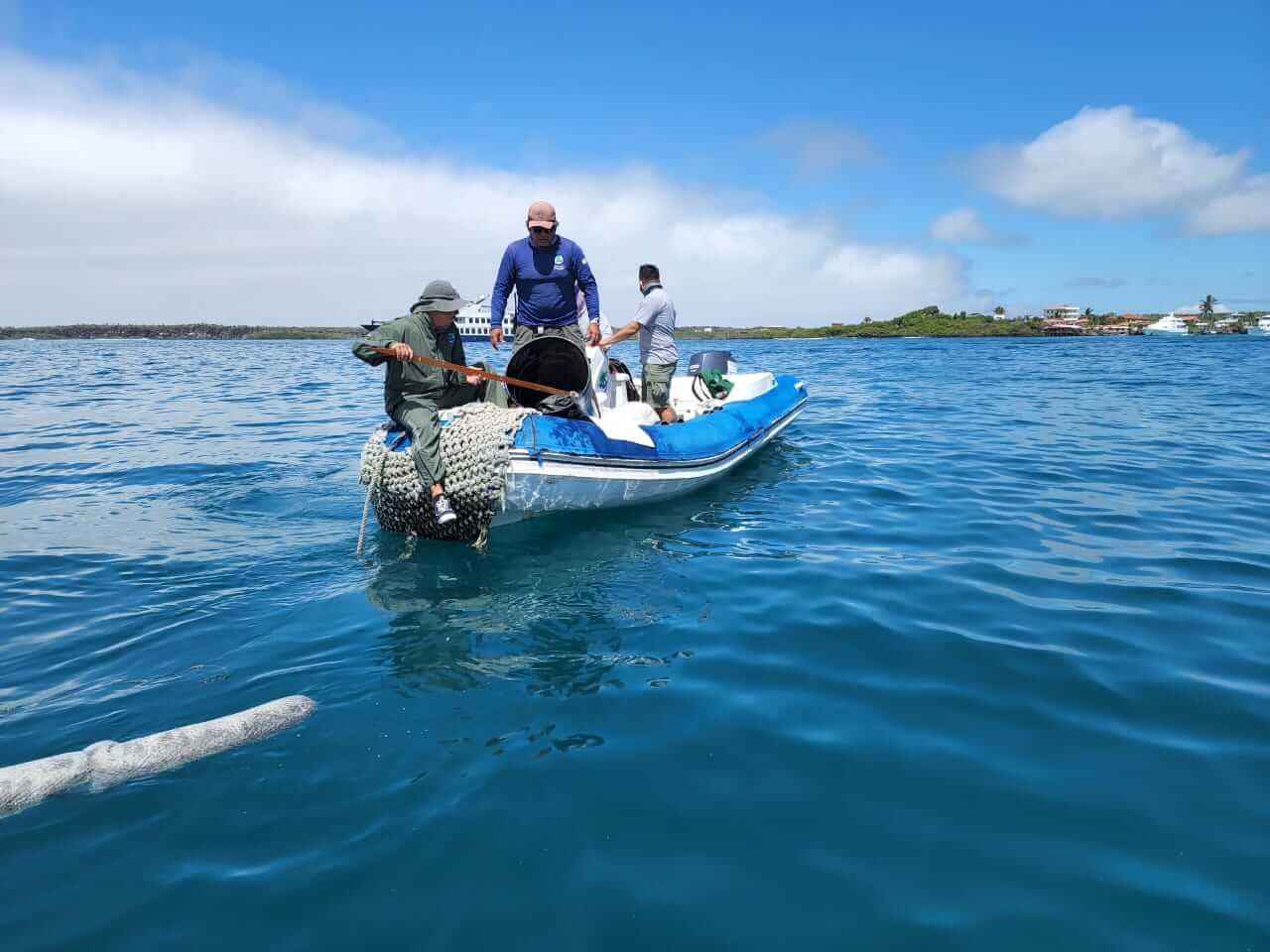
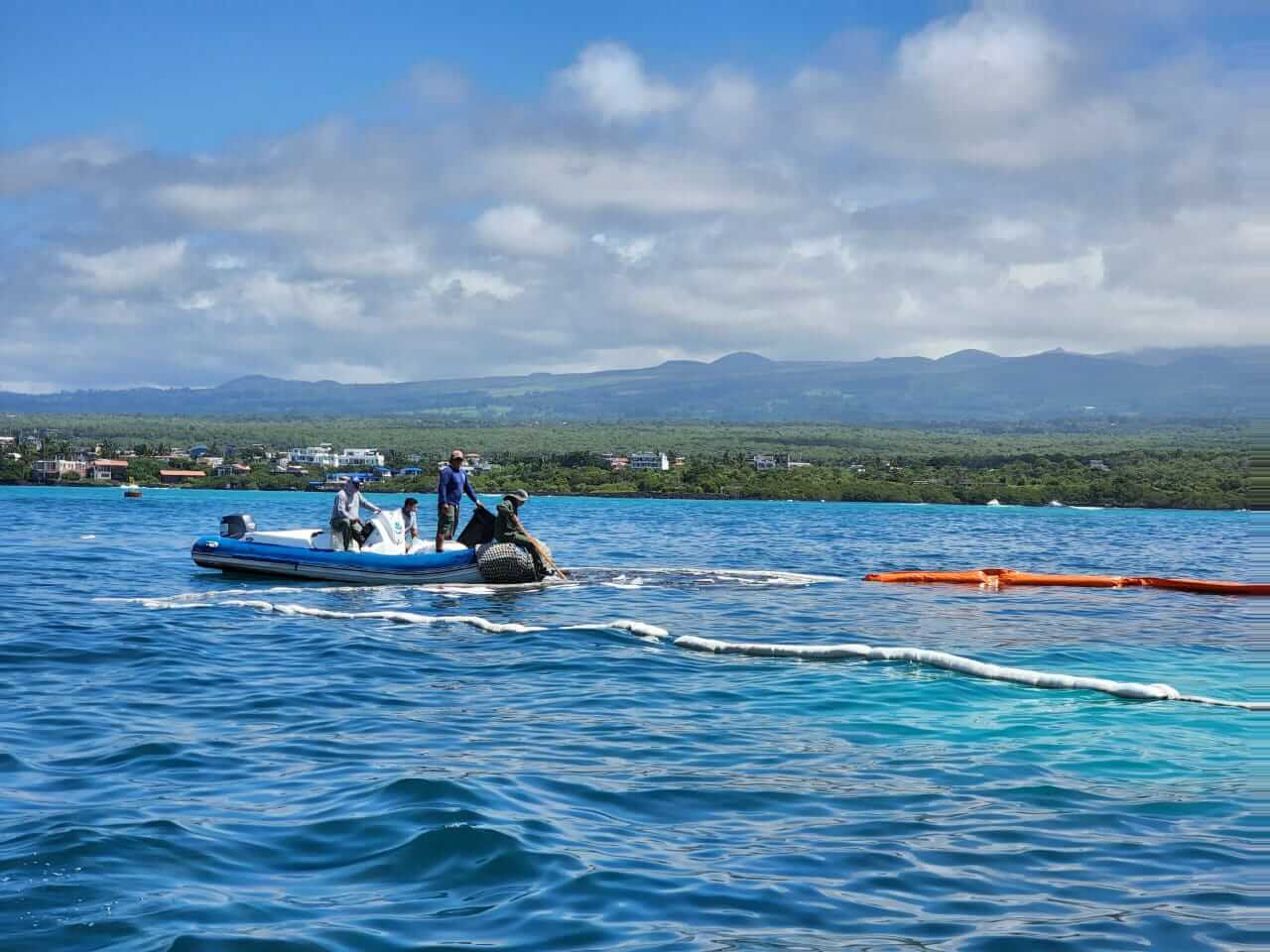
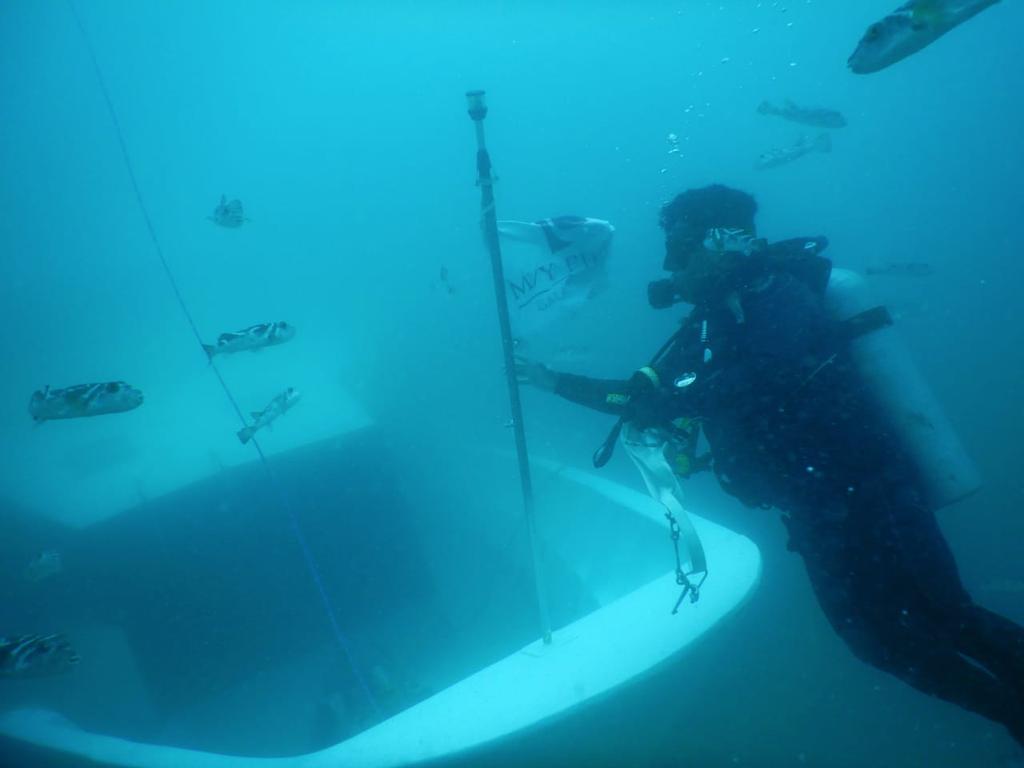 Images courtesy PNG
Images courtesy PNG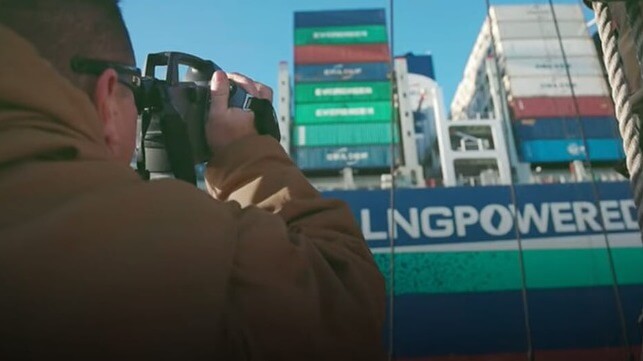
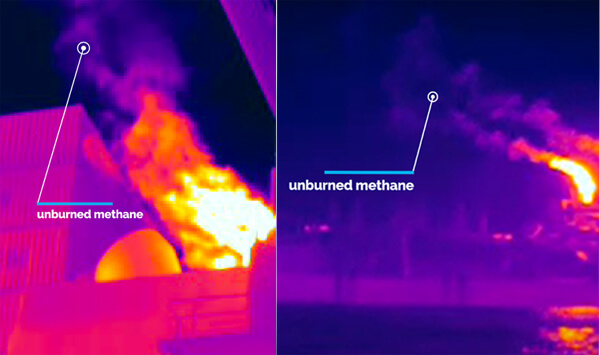
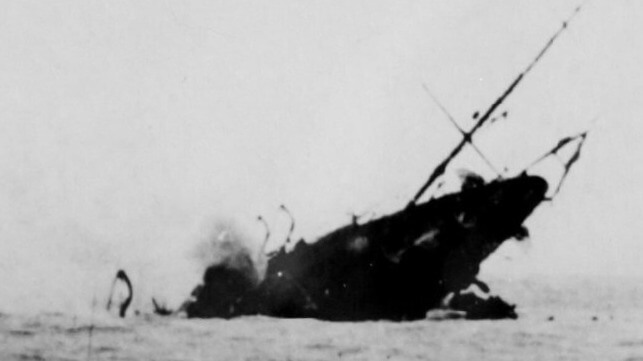
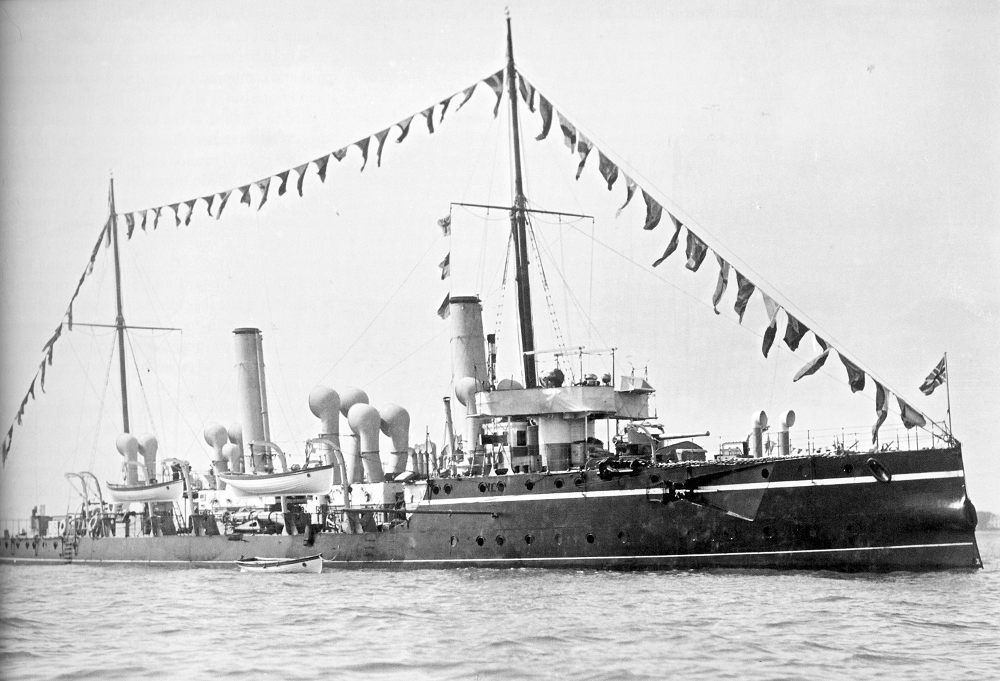
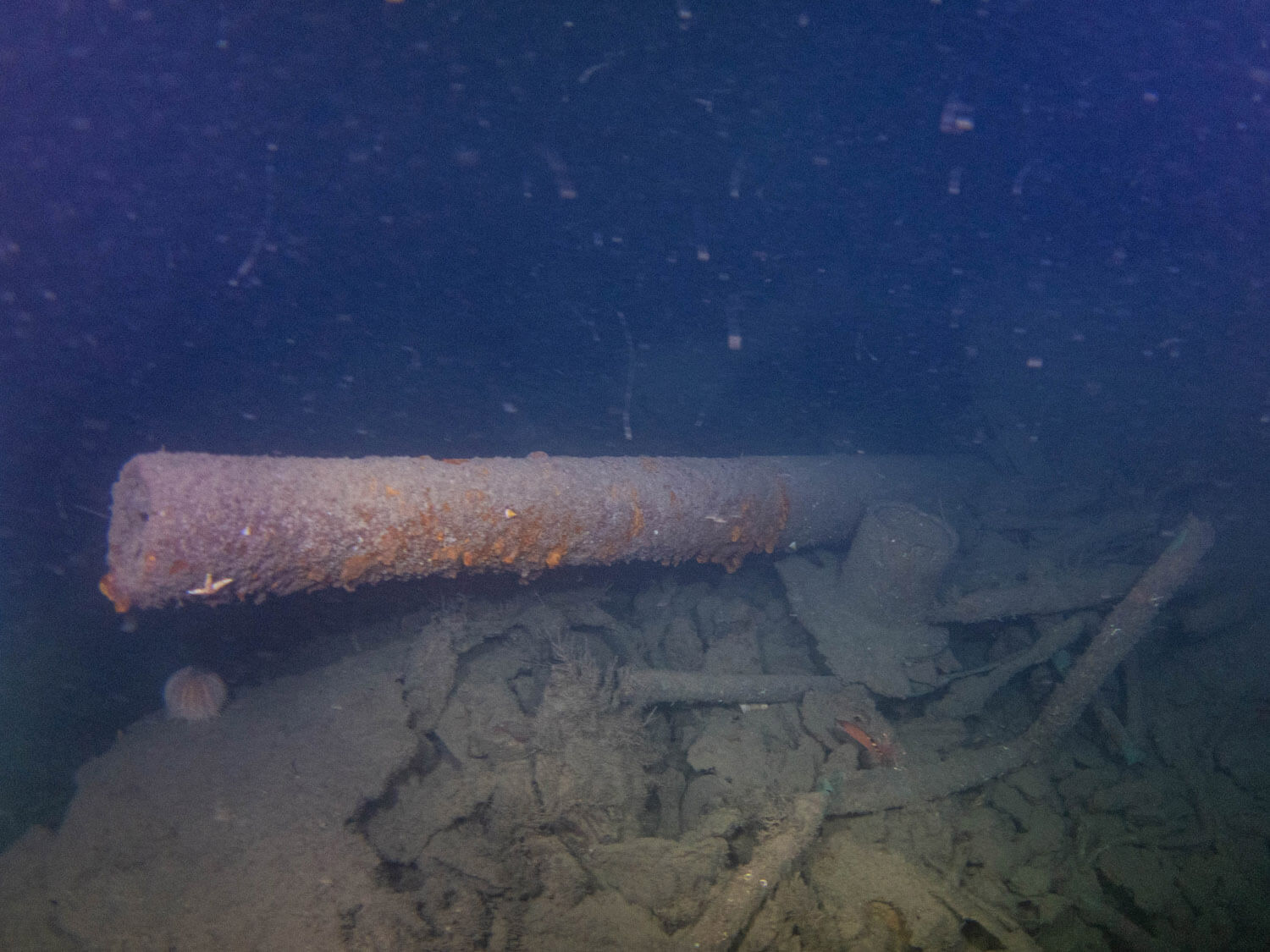 A cannon from HMS Jason (Royal Navy)
A cannon from HMS Jason (Royal Navy)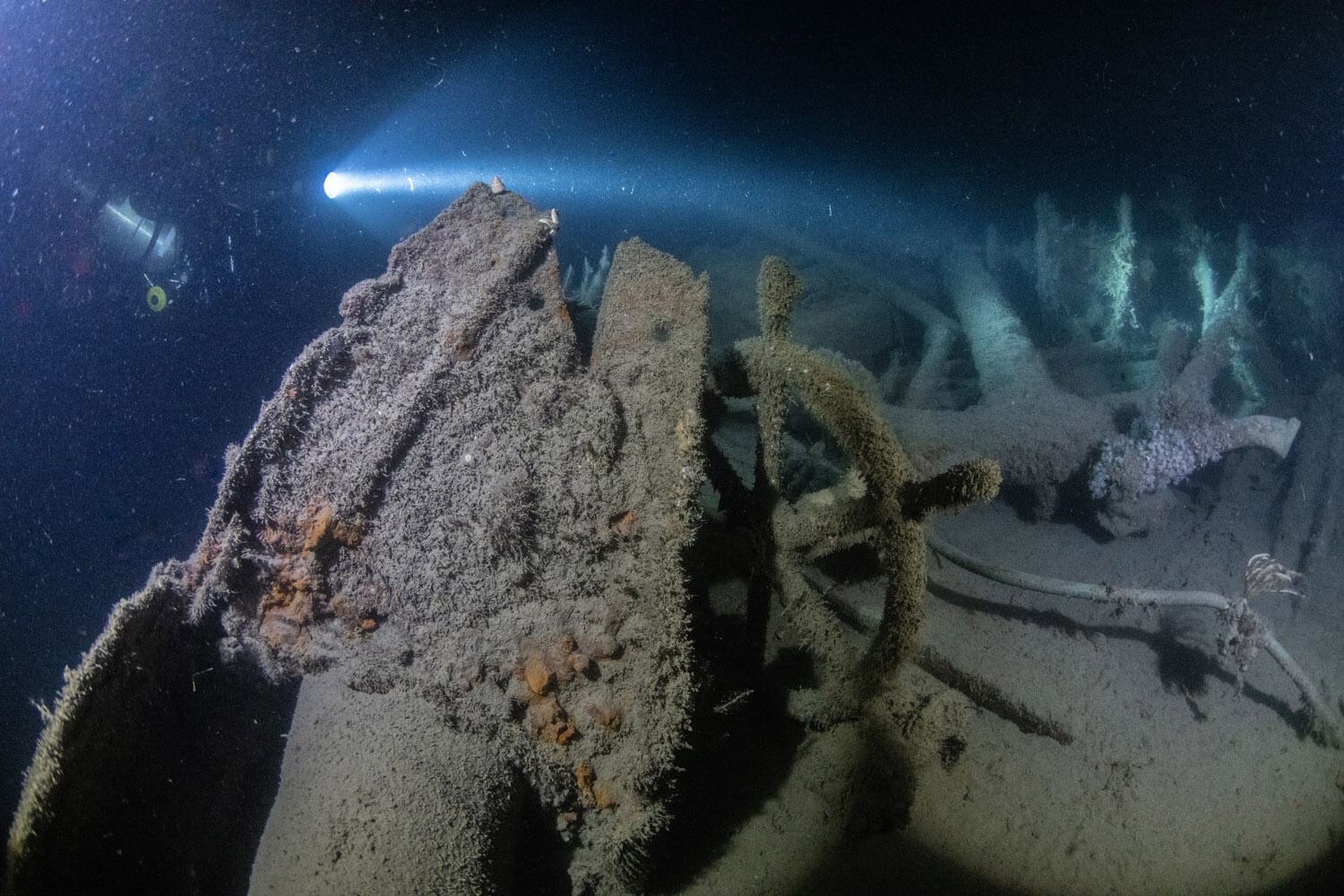 HMS Jason's wheel (Royal Navy)
HMS Jason's wheel (Royal Navy)